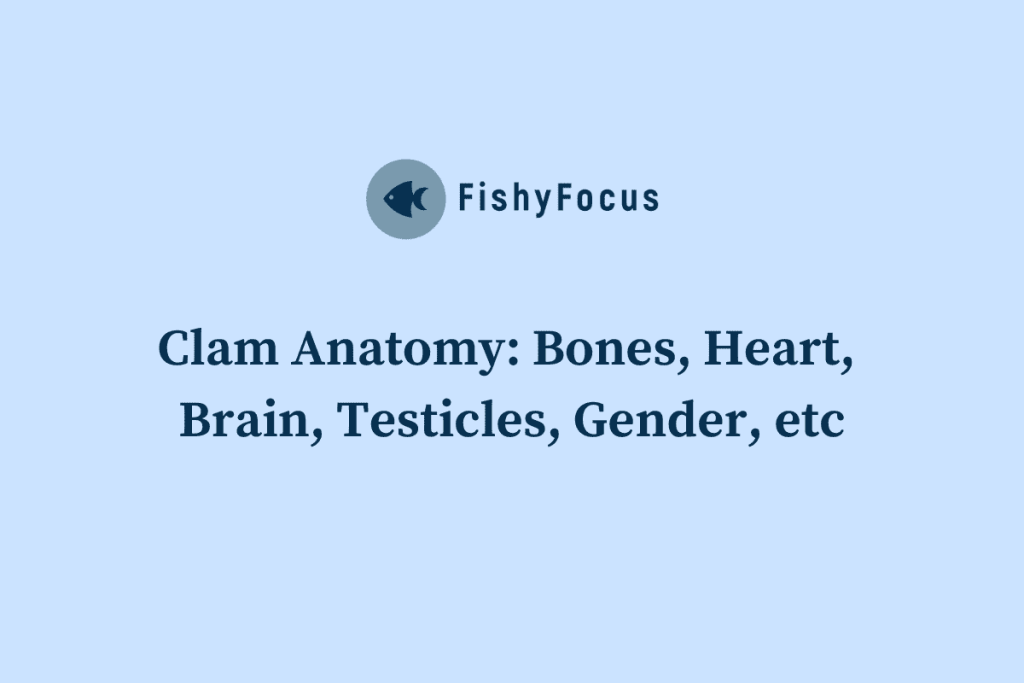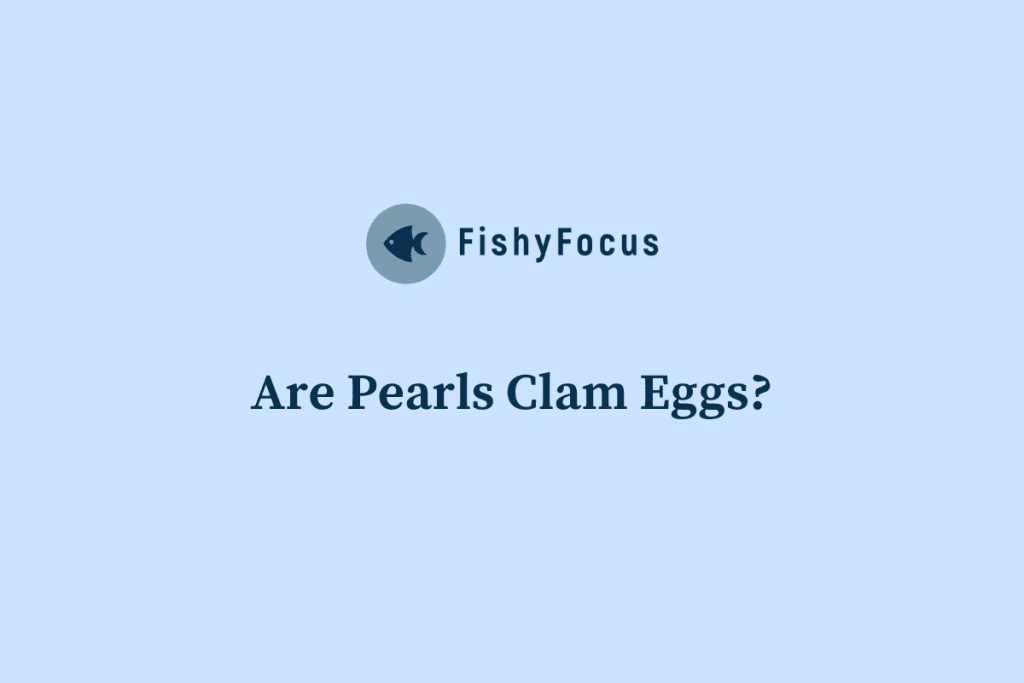Clams and turtles are both popular choices for aquatic pets. Clams are fascinating creatures that can add beauty and diversity to a tank, while turtles are known for their unique personalities and interactive nature. However, it is important to understand the habitat and behavior of these animals before deciding to keep them as pets.
Clams are filter feeders that live in the sand or gravel at the bottom of bodies of water. They rely on a constant flow of water to bring them food and oxygen. Turtles, on the other hand, are reptiles that require both land and water in their habitat. They need a basking area where they can dry off and regulate their body temperature, as well as a swimming area where they can exercise and explore.
Key Takeaways
- Clams and turtles are both popular aquatic pets that require specific care and attention.
- Clams and turtles can coexist in the same tank, but it requires careful planning and monitoring.
- Keeping clams and turtles together can provide benefits such as natural filtration and a more diverse ecosystem.
- However, there are also risks involved, such as turtles potentially harming or eating the clams.
- Introducing clams to a turtle tank should be done slowly and with caution, and the safety of the clams should be ensured through proper tank setup and monitoring.
The Habitat of Clams and Turtles
The habitat requirements for clams and turtles differ significantly. Clams need a tank with a sandy or gravel substrate, as well as a constant flow of water to bring them food and oxygen. They also require a specific water temperature and pH level to thrive. Turtles, on the other hand, need a tank with both land and water areas. The land area should have a basking spot with a heat lamp to provide warmth, while the water area should be large enough for the turtle to swim and dive.
It is crucial to provide a suitable environment for both clams and turtles in order for them to thrive. This includes maintaining the proper water temperature, pH level, and filtration system for clams, as well as providing a basking spot with the right temperature and UVB lighting for turtles. Additionally, it is important to regularly clean the tank and monitor the water quality to ensure the health and well-being of both species.
Can Clams and Turtles Coexist in the Same Tank?
Keeping clams and turtles together in the same tank can be challenging due to their different habitat requirements. Clams require a constant flow of water, while turtles need both land and water areas. Additionally, turtles are known to be curious and may try to interact with the clams, which can potentially harm or stress them.
Before introducing clams to a turtle tank, there are several factors to consider. Firstly, the size of the tank should be large enough to accommodate both species comfortably. Secondly, the water flow should be carefully regulated to ensure that the clams receive enough food and oxygen. Lastly, it is important to monitor the behavior of the turtles closely to ensure that they do not harm or disturb the clams.
The Benefits of Keeping Clams and Turtles Together
Despite the challenges, there are several advantages to keeping clams and turtles together in the same tank. Firstly, clams can help improve water quality by filtering out impurities and excess nutrients. This can create a healthier environment for both clams and turtles. Secondly, turtles can provide entertainment and stimulation for clams by swimming around and interacting with them. This can help prevent boredom and promote natural behavior in clams.
Furthermore, clams and turtles can complement each other’s needs. Clams can provide a natural food source for turtles, as they produce small particles that turtles can feed on. This can help diversify the turtle’s diet and provide them with essential nutrients. Additionally, turtles can help keep the tank clean by consuming any leftover food or waste produced by the clams.
The Risks of Keeping Clams and Turtles Together
While there are benefits to keeping clams and turtles together, there are also potential risks involved. Turtles may try to interact with or disturb the clams, which can cause stress or injury to the clams. Additionally, turtles may accidentally damage or knock over decorations or equipment in the tank, which can disrupt the habitat of the clams.
To minimize the risks, it is important to provide hiding spots or barriers for the clams to retreat to if they feel threatened. This can help protect them from the turtles and provide them with a safe space. It is also important to closely monitor the behavior and health of both clams and turtles to ensure that they are thriving in the shared tank.
How to Introduce Clams to a Turtle Tank
When introducing clams to a turtle tank, it is important to follow a step-by-step process to ensure their successful acclimation. Firstly, the tank should be properly set up with the appropriate substrate, water flow, and temperature for the clams. Secondly, the clams should be carefully acclimated to the water in the tank by gradually adding small amounts of tank water to their container over a period of time. This will help them adjust to the new water conditions.
Once the clams have been acclimated, they can be gently placed into the tank. It is important to avoid placing them near any aggressive or curious turtles, as this can cause stress or harm to the clams. Additionally, it is crucial to closely monitor the behavior of both clams and turtles after introducing them to ensure that they are adapting well to their new environment.
How to Ensure the Safety of Clams in a Turtle Tank
To protect clams from turtles in a shared tank, there are several strategies that can be implemented. Firstly, providing hiding spots or barriers for the clams can help them retreat and protect themselves if they feel threatened by the turtles. This can include adding rocks or plants that create a safe space for the clams.
Secondly, closely monitoring the behavior of both clams and turtles is crucial. If any signs of aggression or stress are observed, it may be necessary to separate them or make adjustments to the tank setup. Additionally, regularly cleaning and maintaining the tank can help prevent any potential harm to the clams, as a clean and well-maintained tank is less likely to have any harmful bacteria or parasites.
Feeding Clams and Turtles in the Same Tank
Feeding clams and turtles in the same tank requires careful consideration of their dietary needs. Clams are filter feeders that rely on small particles in the water for food. They can extract nutrients from these particles and do not require additional feeding. Turtles, on the other hand, require a varied diet that includes both animal and plant matter.
To provide a balanced diet for both clams and turtles, it is important to ensure that the water in the tank contains enough small particles for the clams to feed on. Additionally, turtles should be fed a variety of foods, including commercial turtle pellets, live or frozen insects, and leafy greens. It is important to avoid overfeeding the turtles, as this can lead to water pollution and potential harm to the clams.
Monitoring the Health of Clams and Turtles in a Shared Tank
Regular monitoring of the health of both clams and turtles is essential in a shared tank. Signs of illness or stress in clams can include closed shells, lack of movement, or discoloration. Turtles may show signs of illness or stress through changes in appetite, behavior, or appearance.
If any signs of illness or stress are observed, it is important to address them promptly. This may involve adjusting water parameters, providing additional hiding spots for the clams, or seeking veterinary care for the turtles. Regular water testing and maintenance can also help prevent any potential health issues in both species.
The Pros and Cons of Keeping Clams and Turtles Together
In conclusion, keeping clams and turtles together in the same tank can have both benefits and risks. On one hand, clams can help improve water quality and provide stimulation for turtles. On the other hand, turtles may pose a potential threat to the clams and their habitat.
It is important to carefully consider the habitat requirements and behavior of both clams and turtles before deciding to keep them together. Providing a suitable environment, closely monitoring their behavior and health, and ensuring a balanced diet are crucial for the well-being of both species.
Ultimately, whether or not it is a good idea to keep clams and turtles together depends on the individual circumstances and the ability of the owner to provide a suitable environment for both species. With proper care and attention, it is possible to create a harmonious and thriving tank that accommodates both clams and turtles.
FAQs
What are clams?
Clams are bivalve mollusks that live in saltwater or freshwater environments. They have a hard shell that protects their soft body and are commonly used as food.
What are turtles?
Turtles are reptiles that have a hard shell that protects their body. They can live in both aquatic and terrestrial environments and are known for their slow movement.
Can clams live with turtles?
Yes, clams can live with turtles in the same aquatic environment. However, it is important to note that turtles may try to eat the clams, so it is important to monitor their behavior.
What types of turtles can live with clams?
Most types of turtles can live with clams, including red-eared sliders, painted turtles, and box turtles. However, it is important to research the specific needs of each species before introducing them to clams.
What should be considered before introducing clams to a turtle’s environment?
Before introducing clams to a turtle’s environment, it is important to ensure that the water quality is appropriate for both the clams and the turtles. Additionally, it is important to monitor the behavior of the turtles to ensure that they are not trying to eat the clams.



